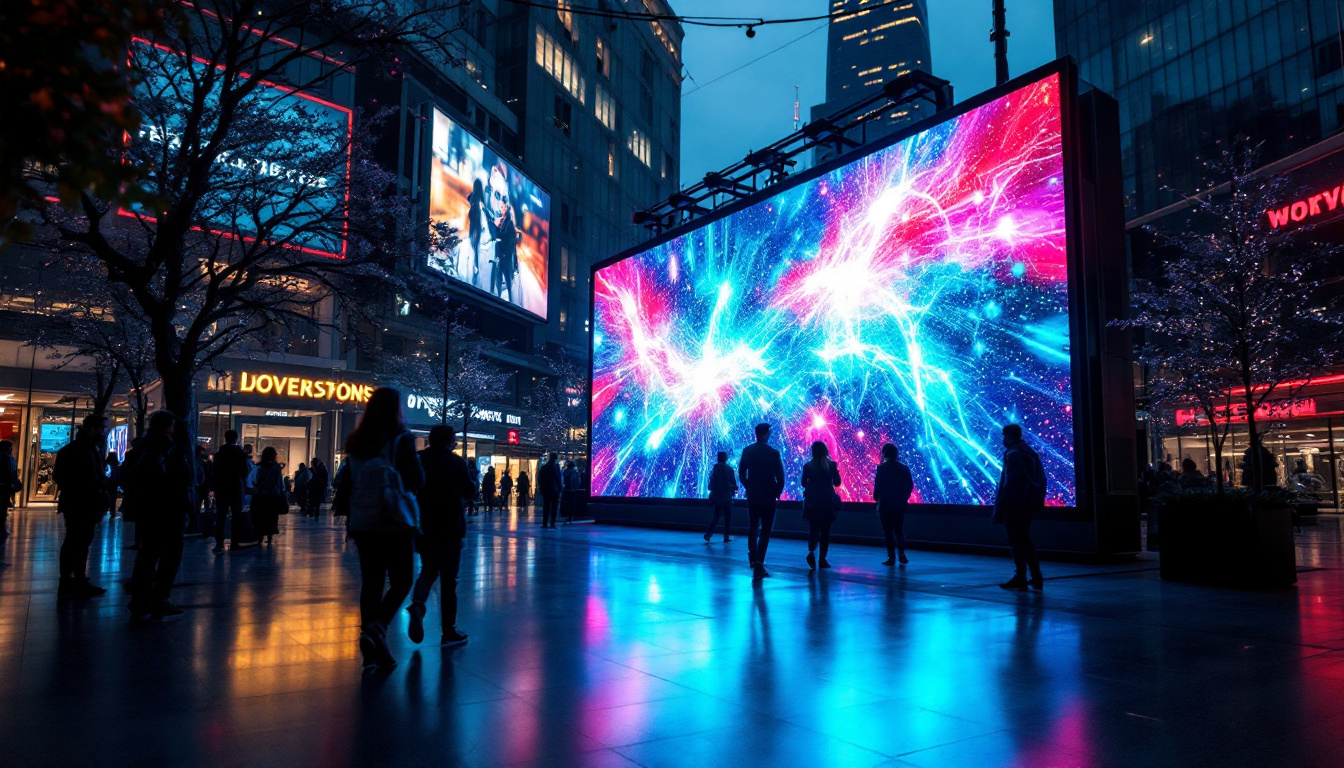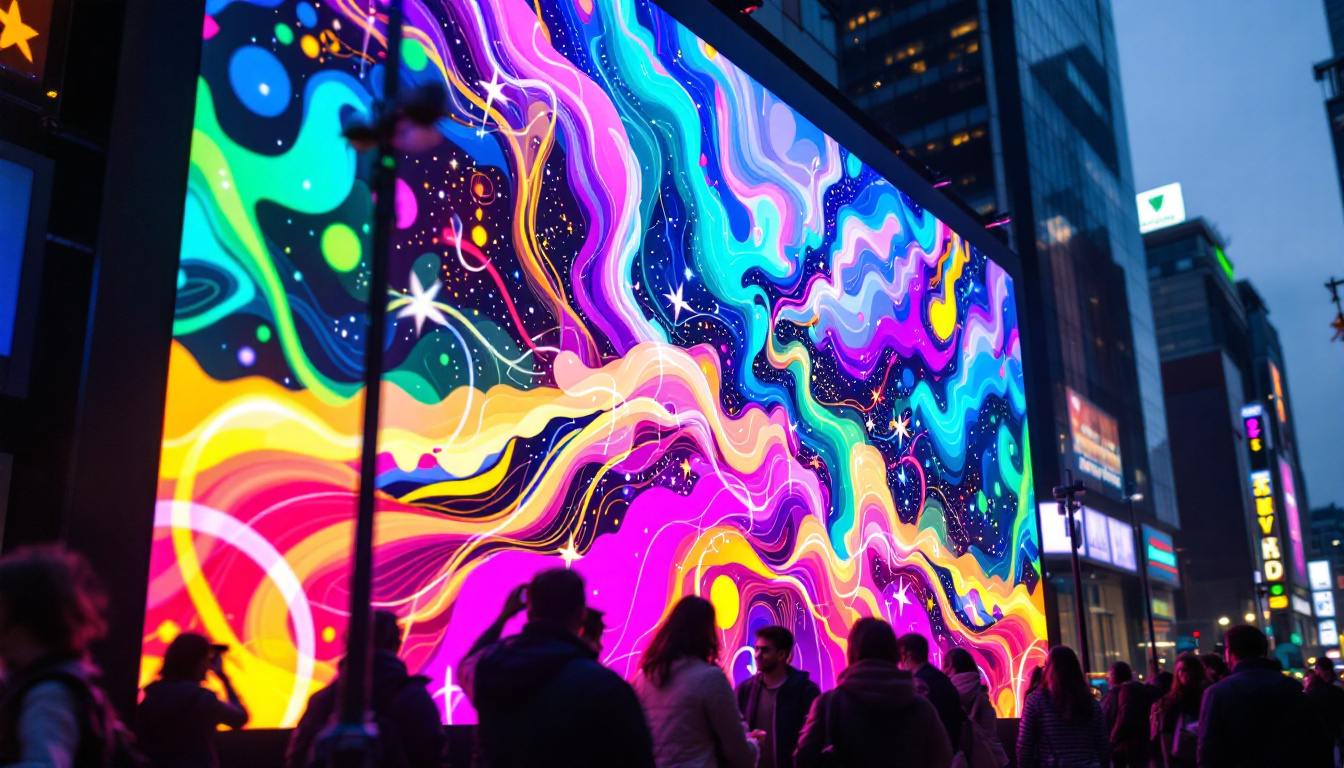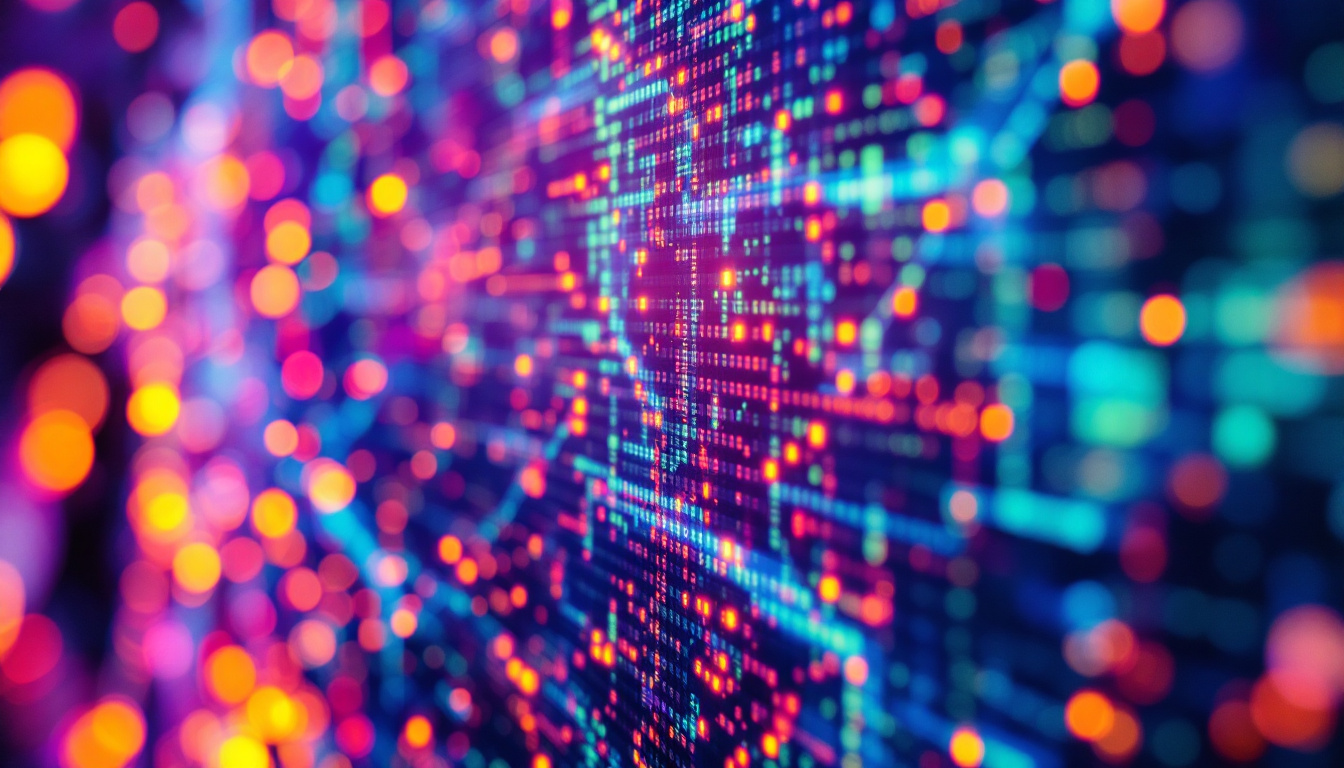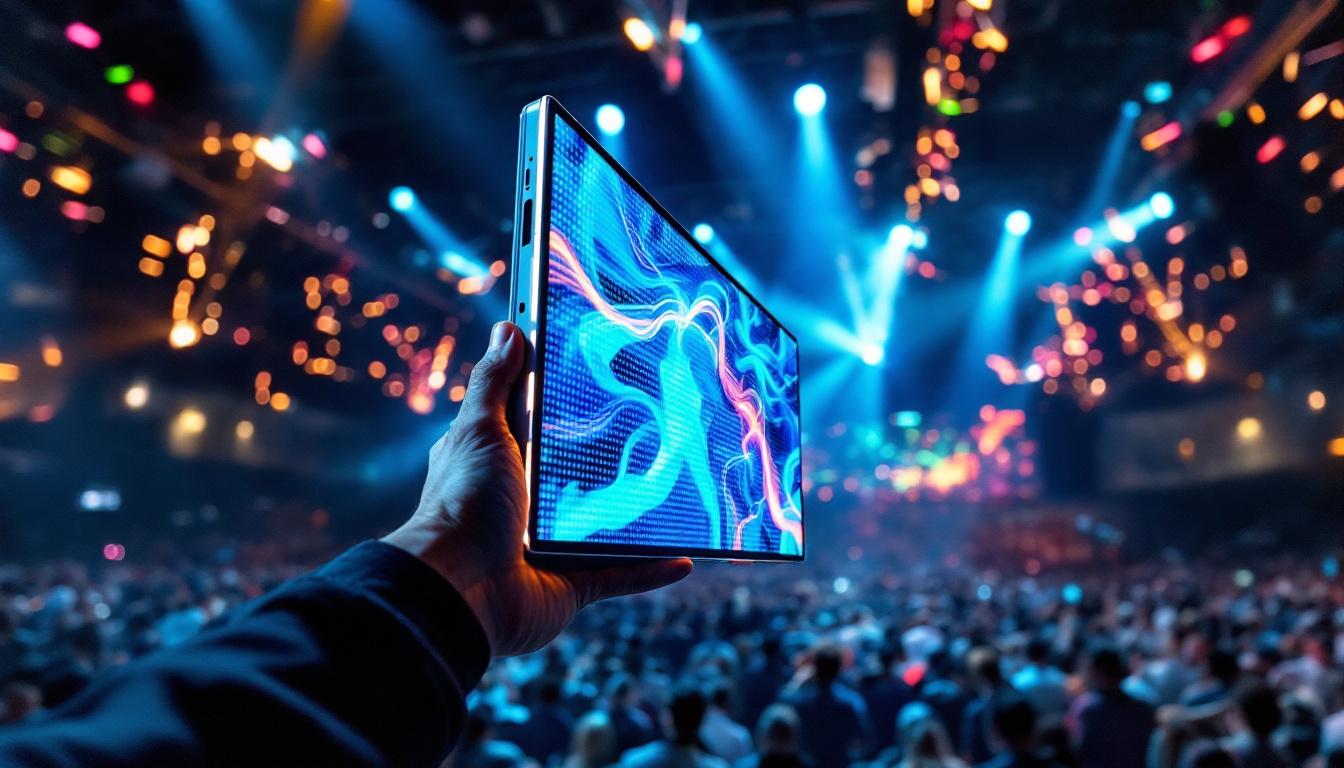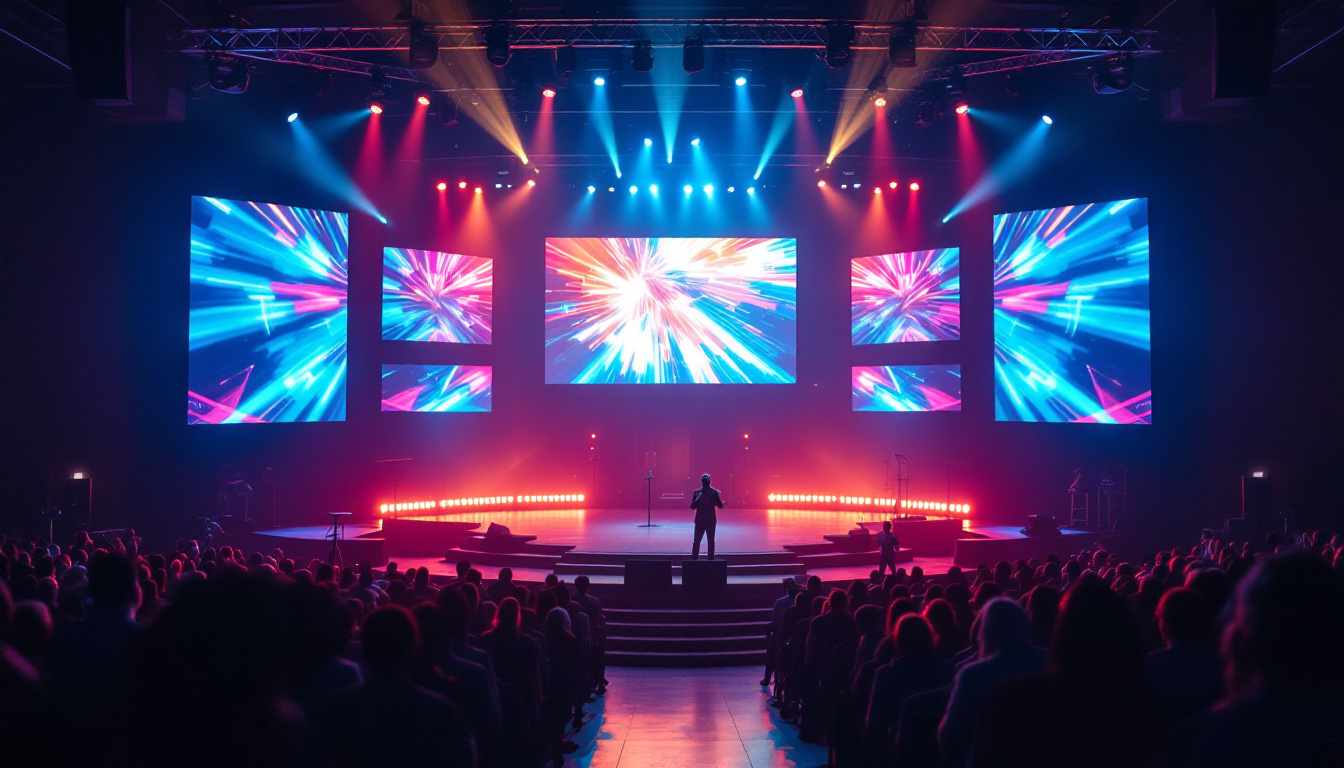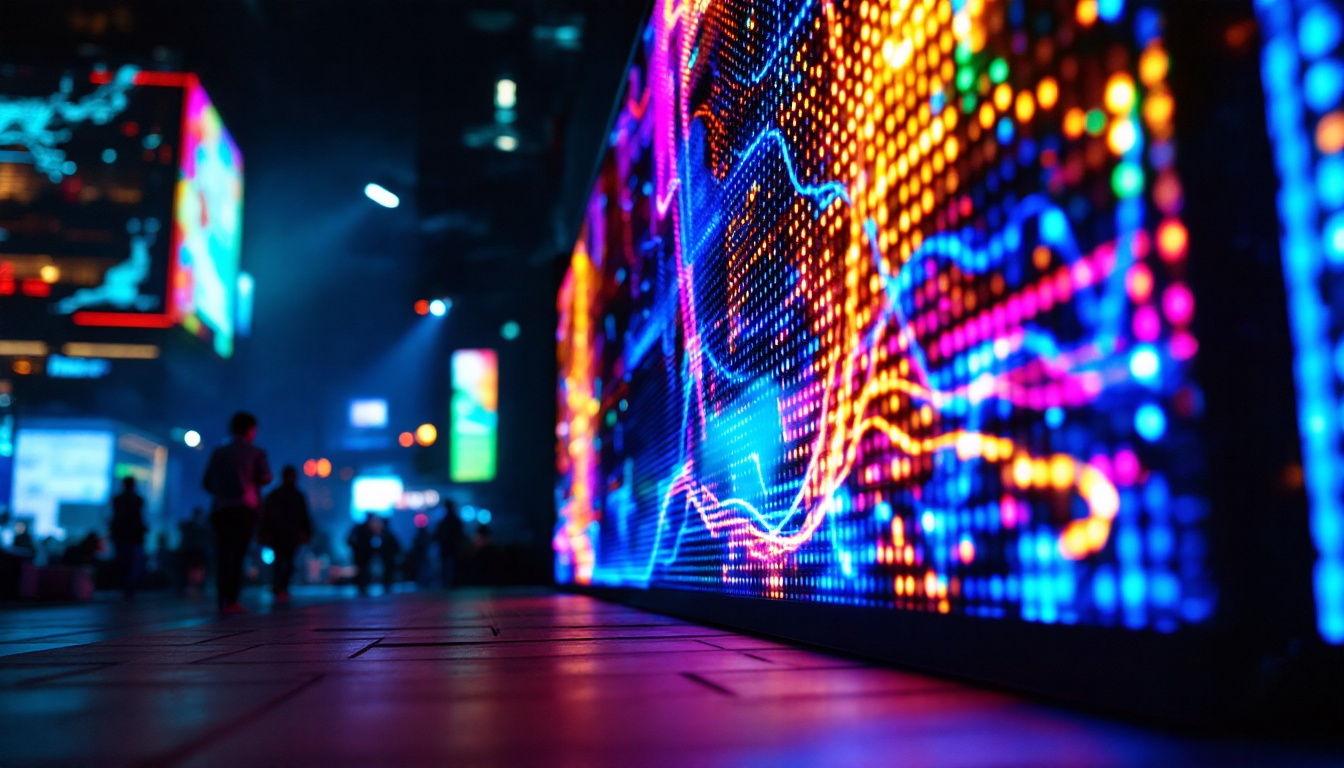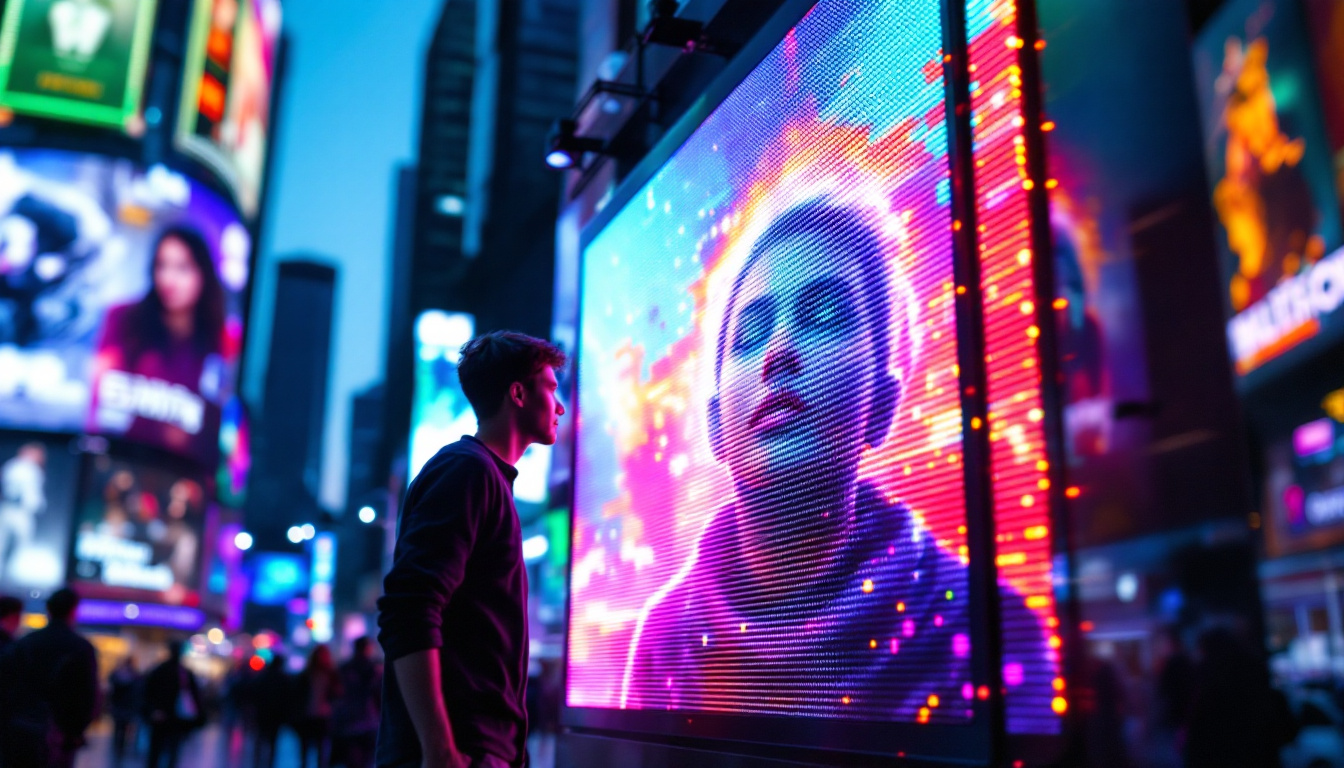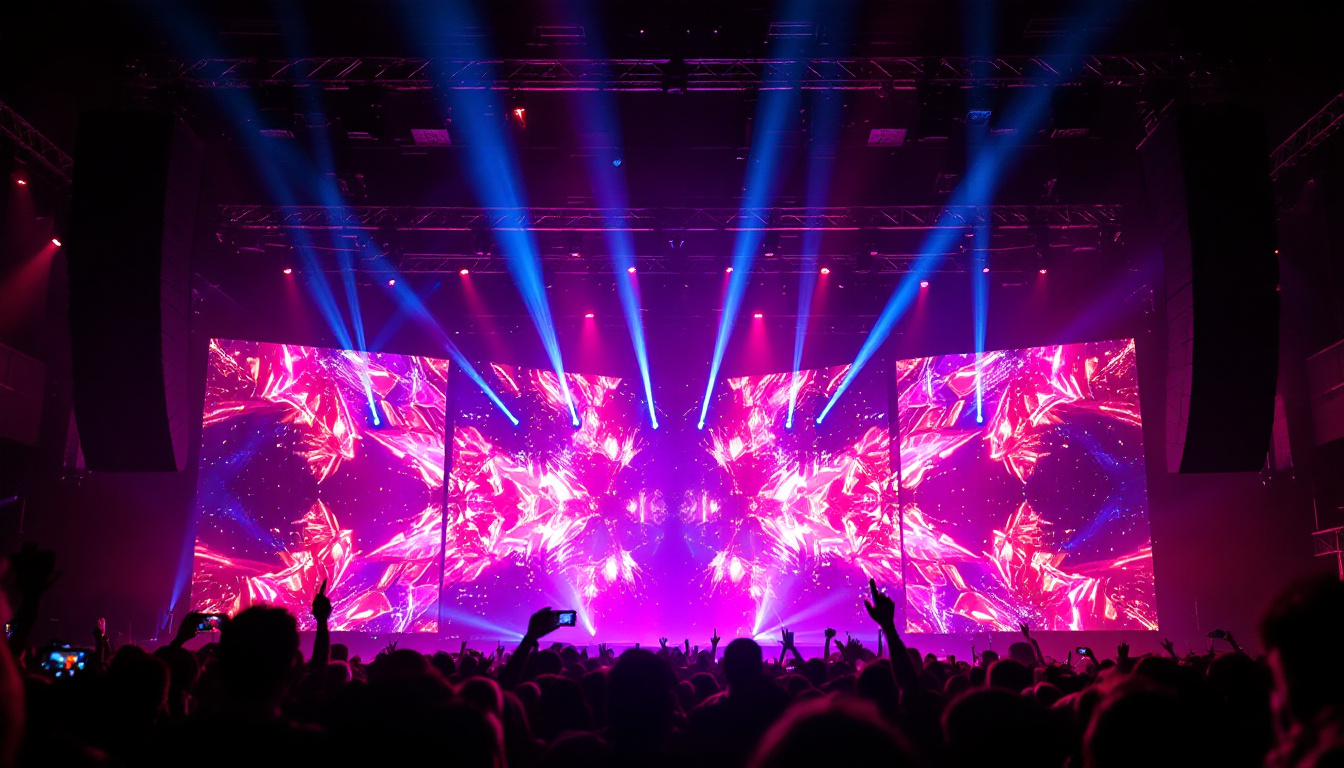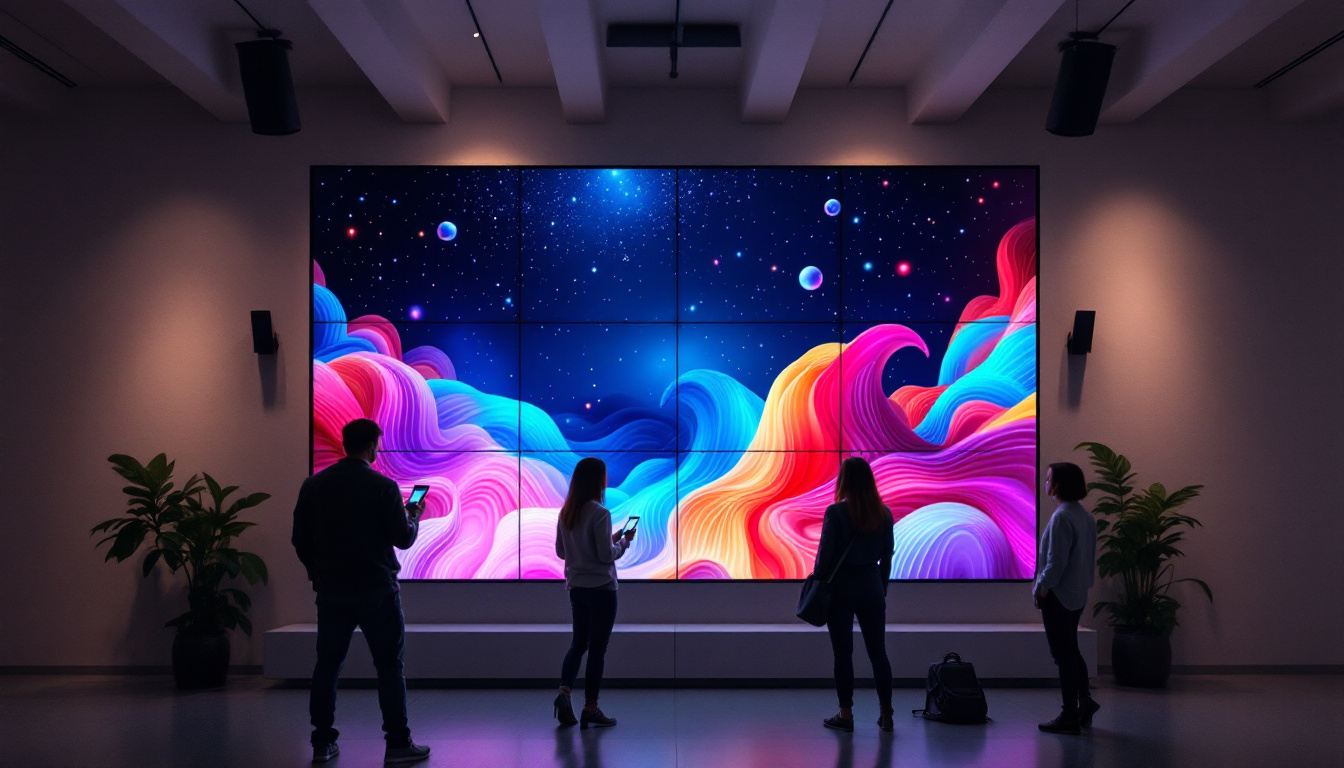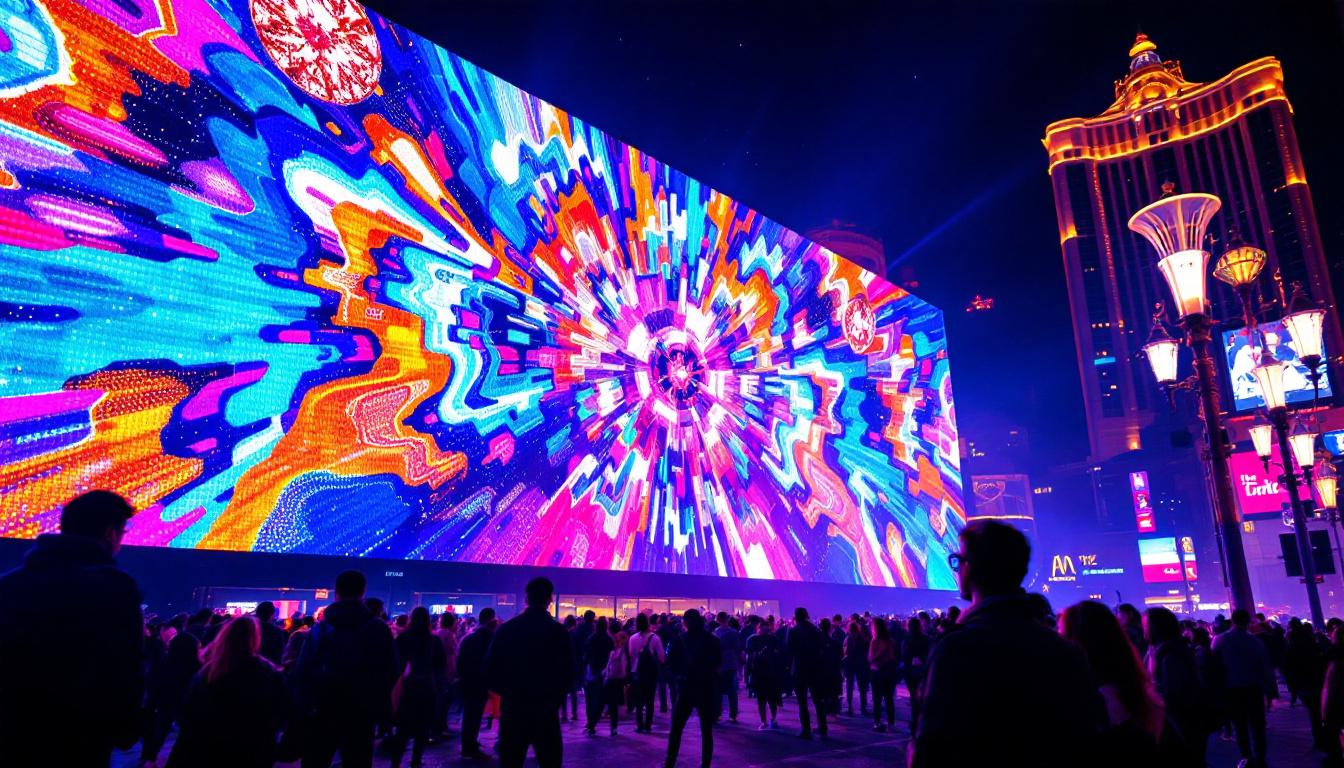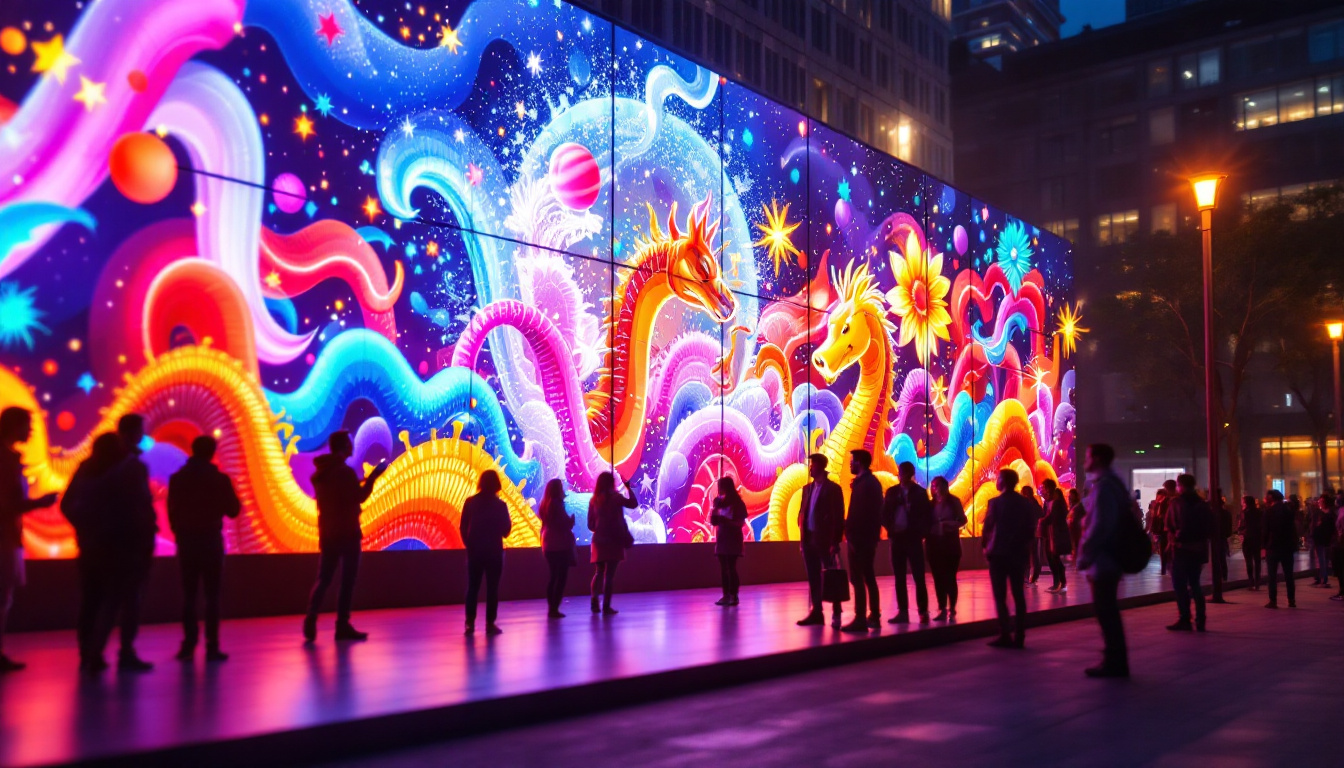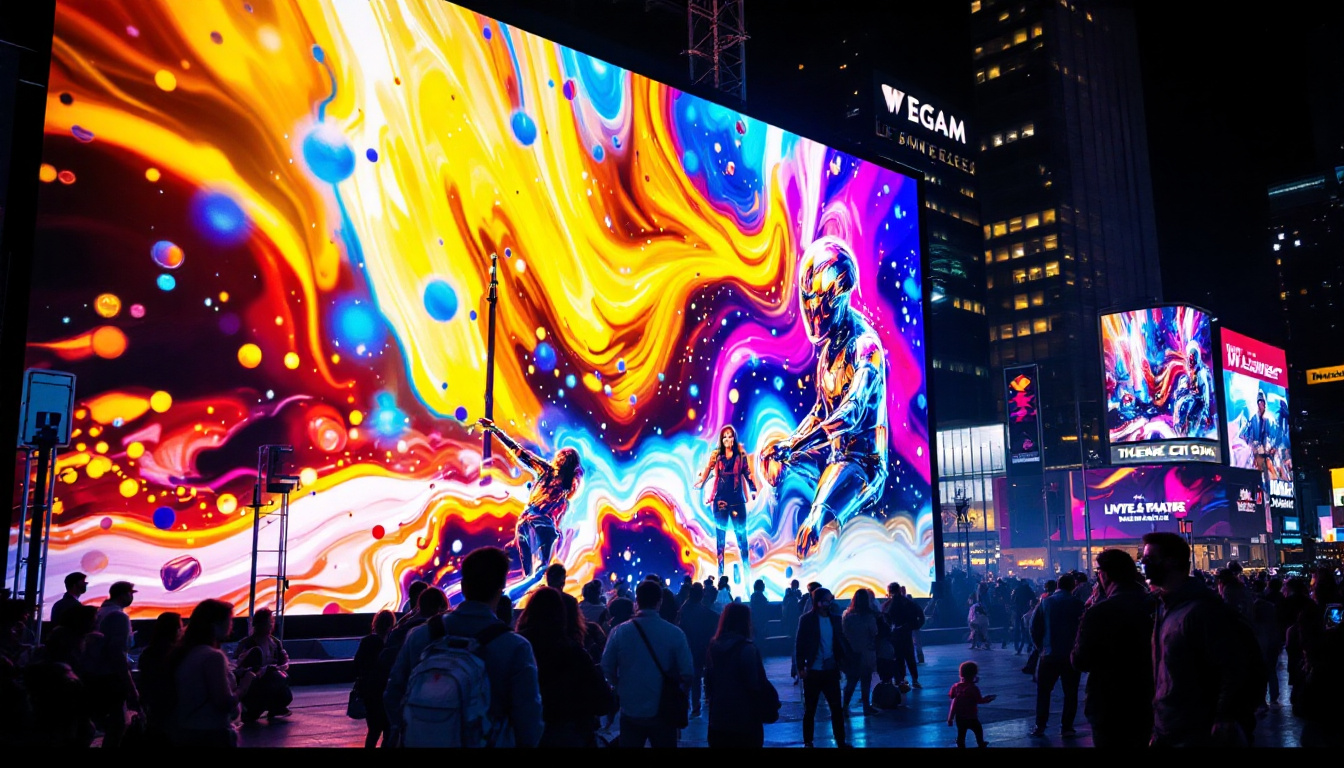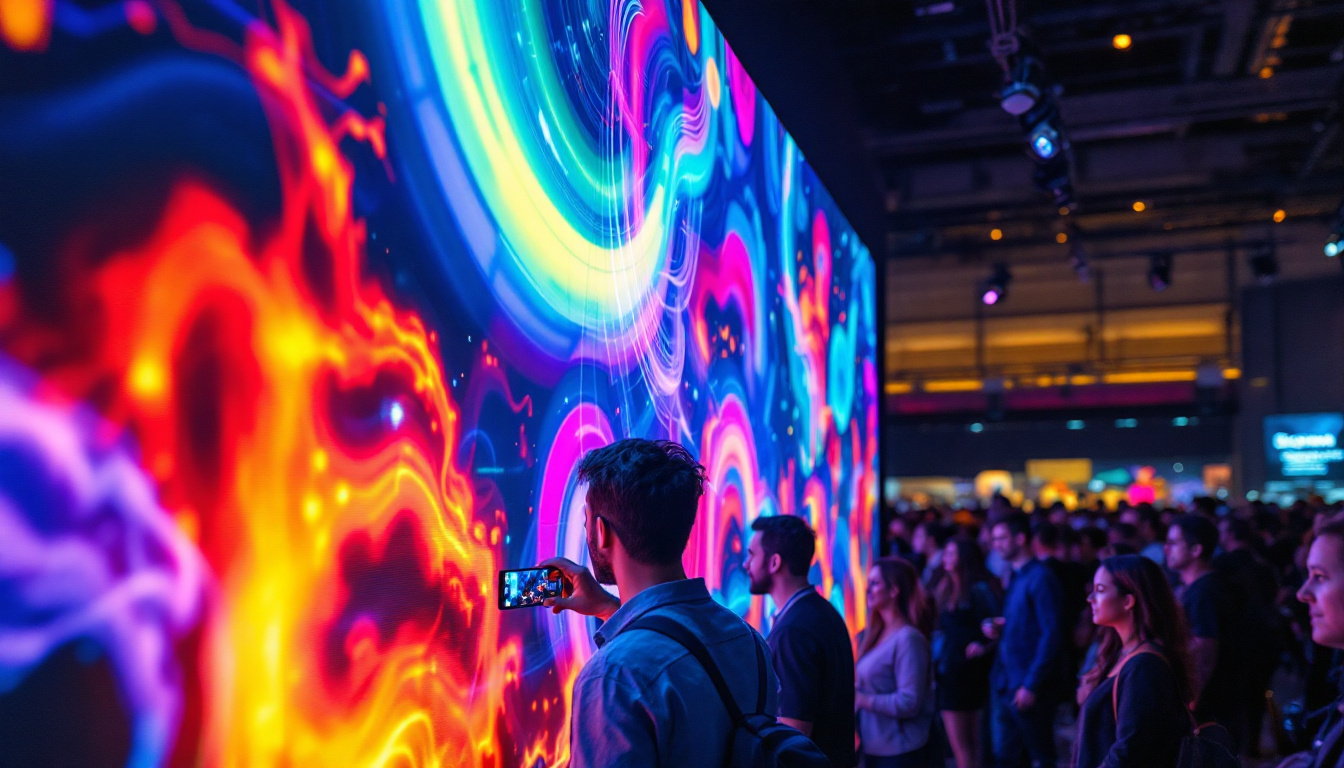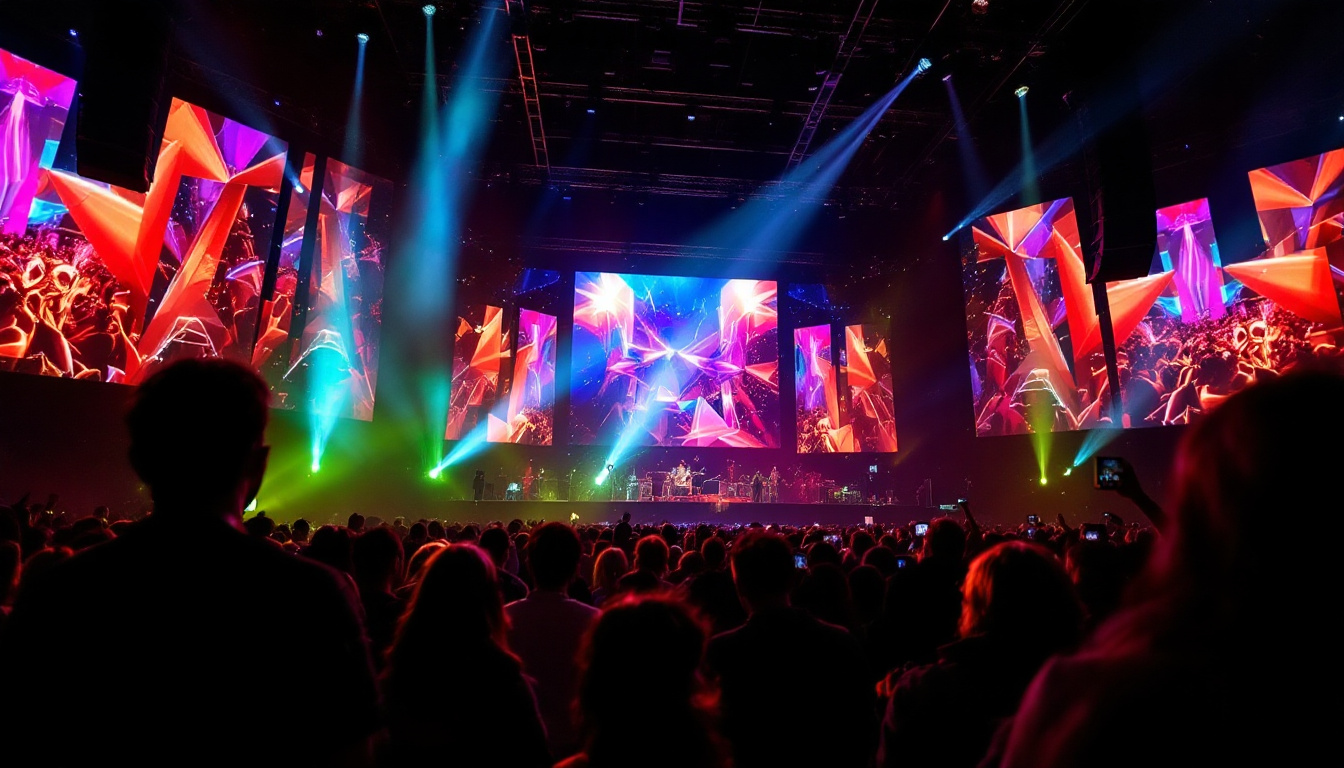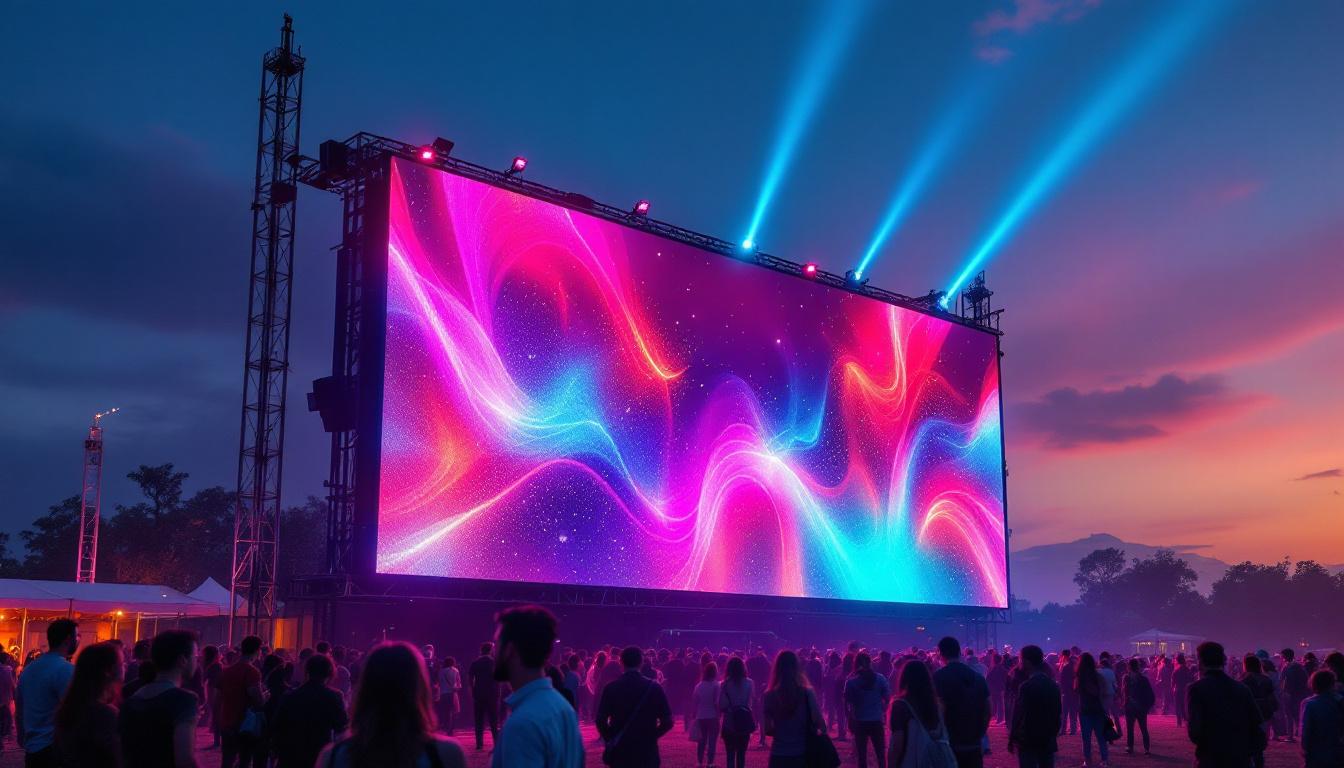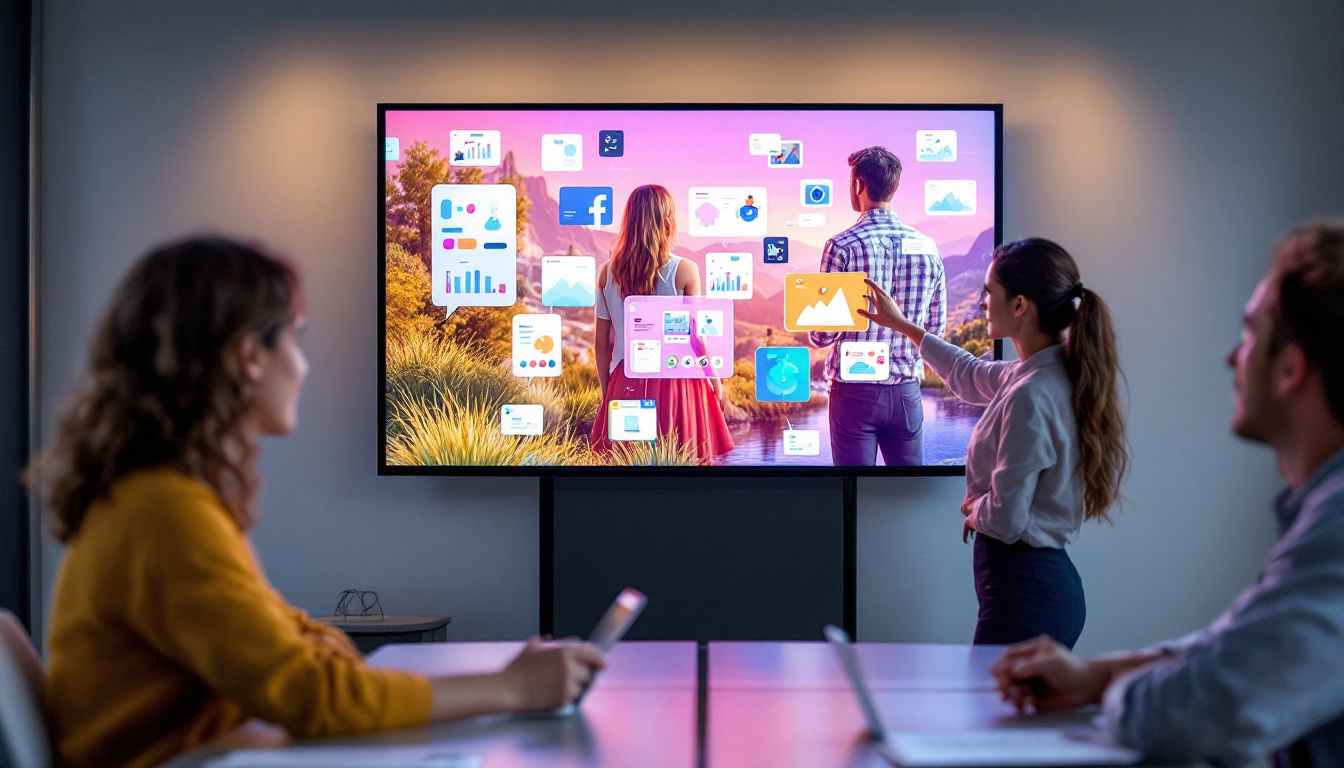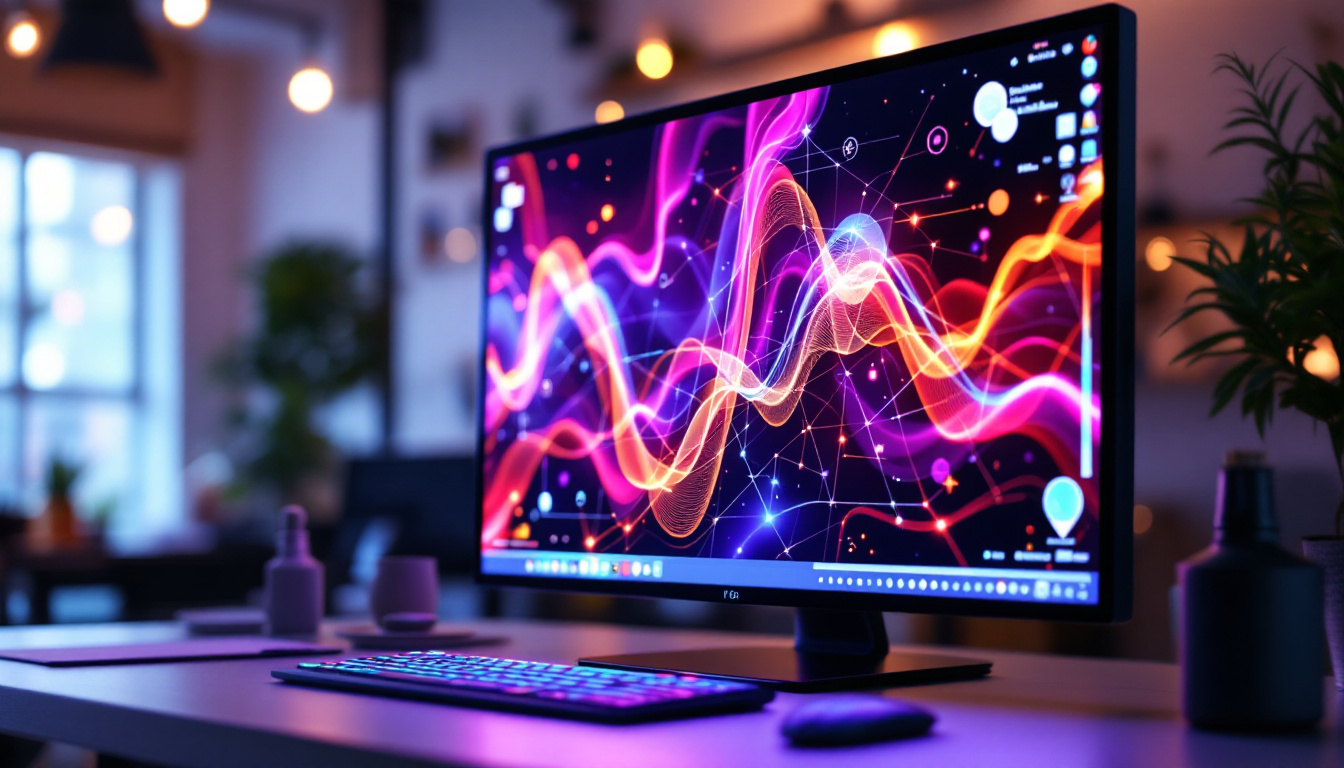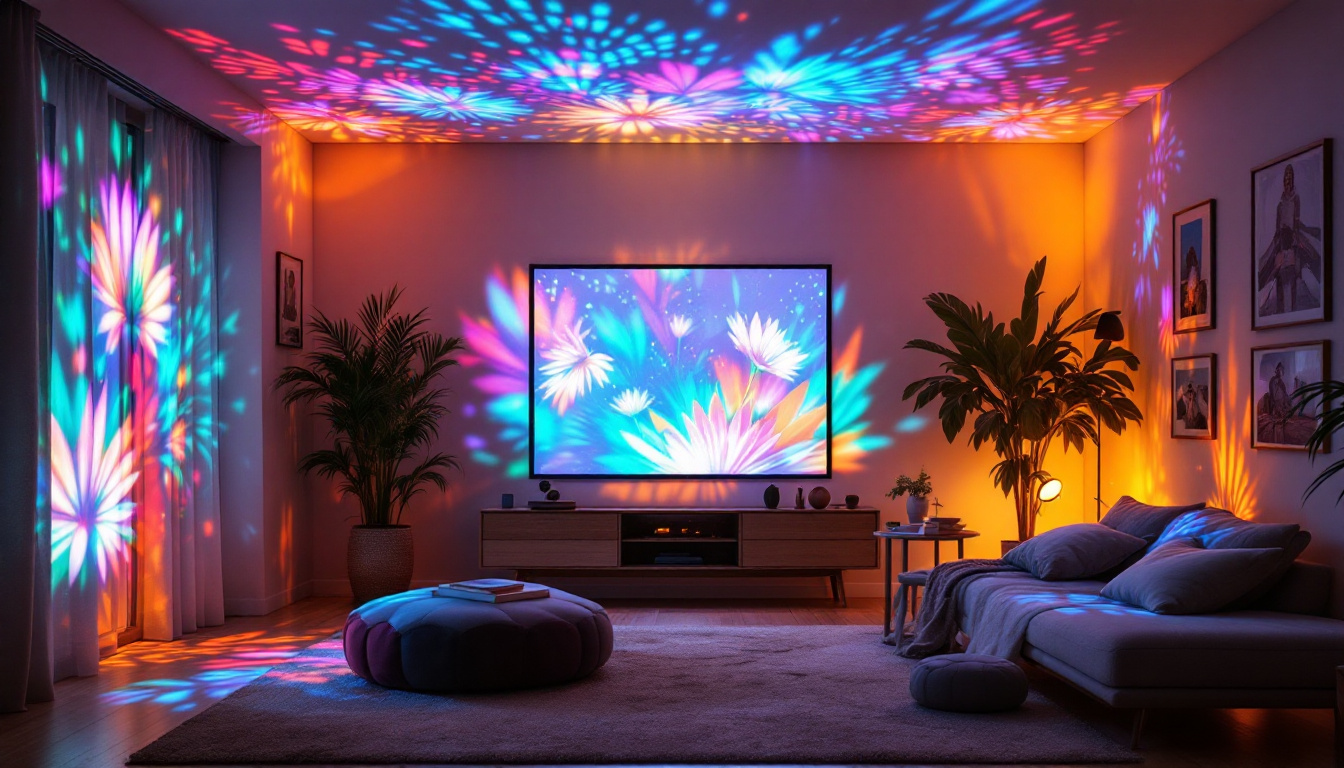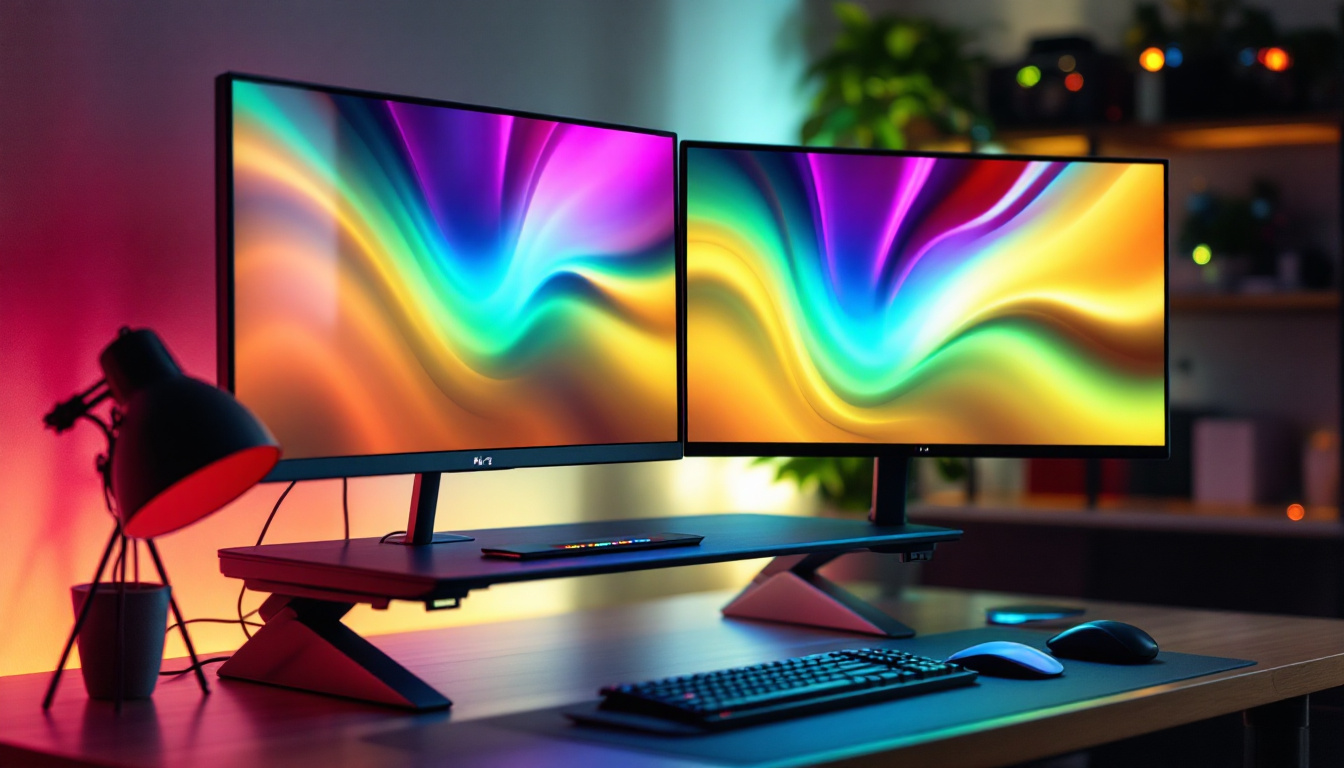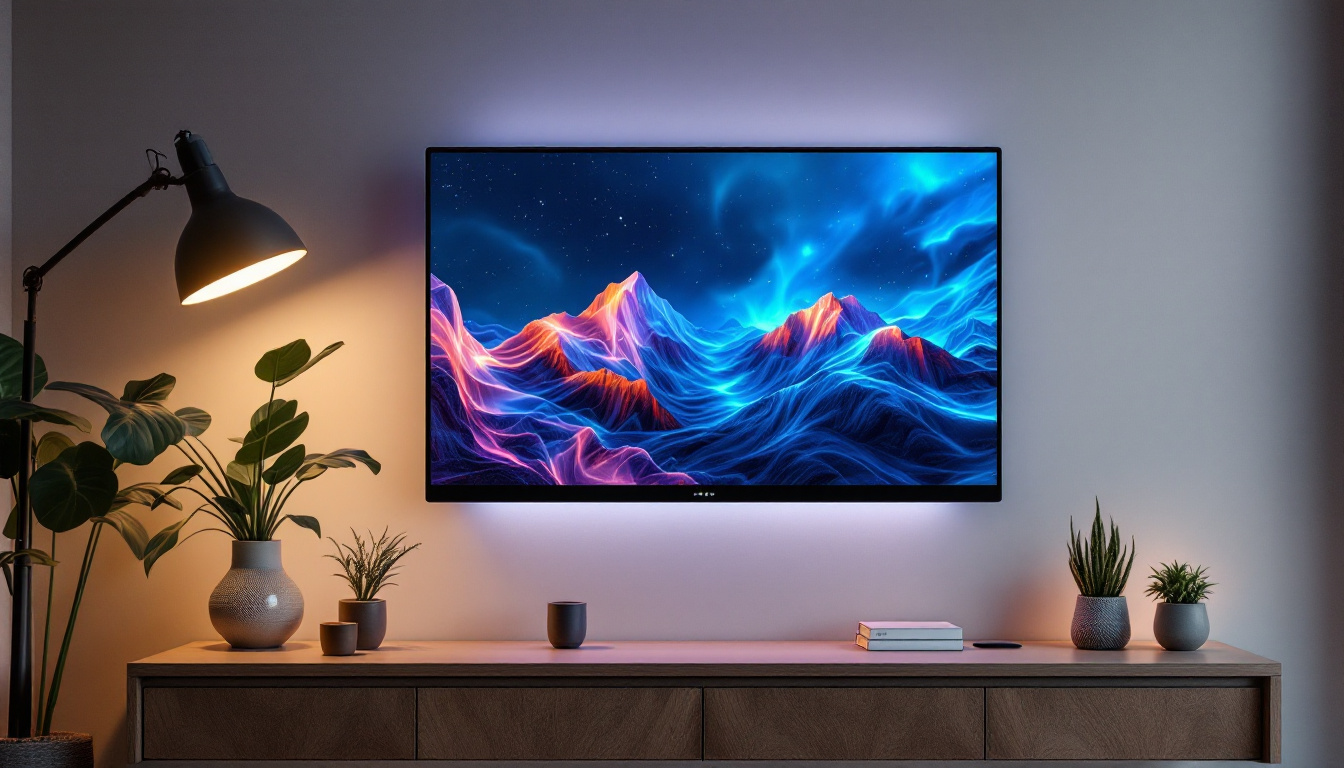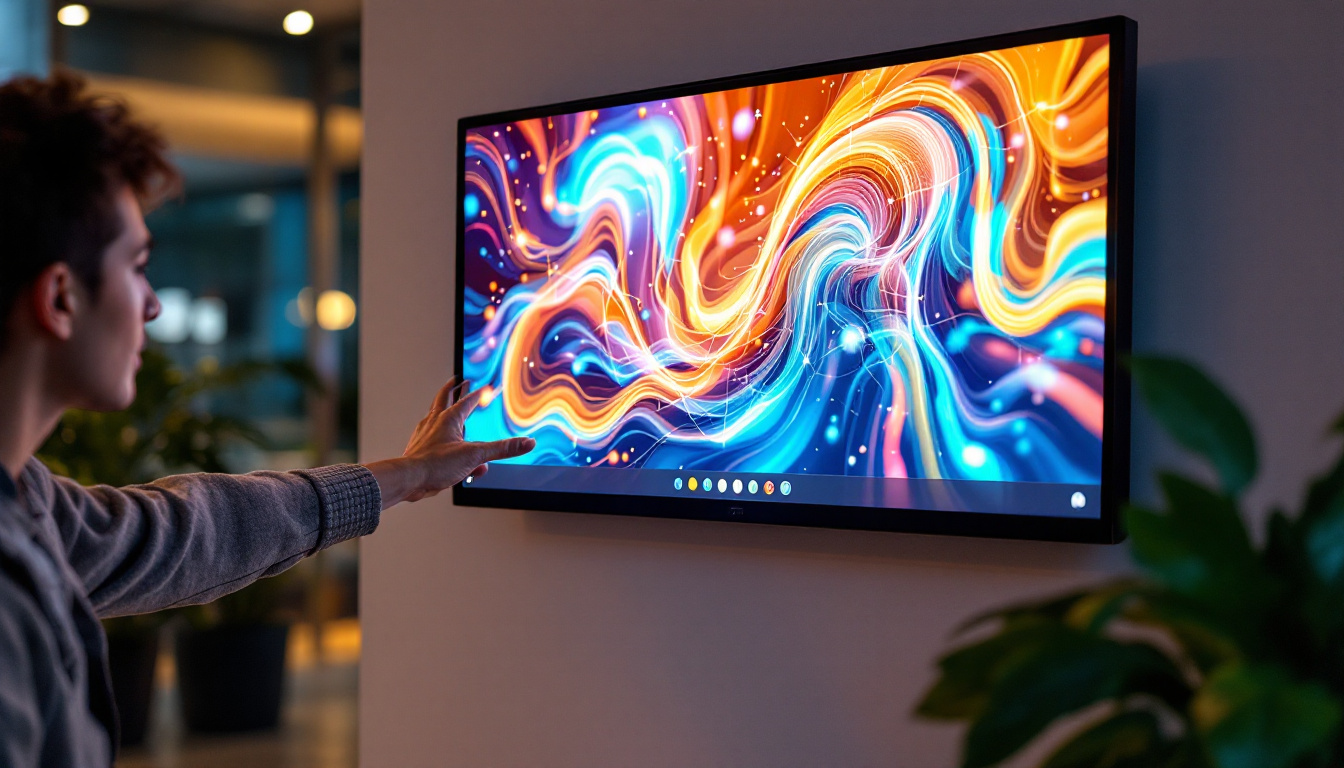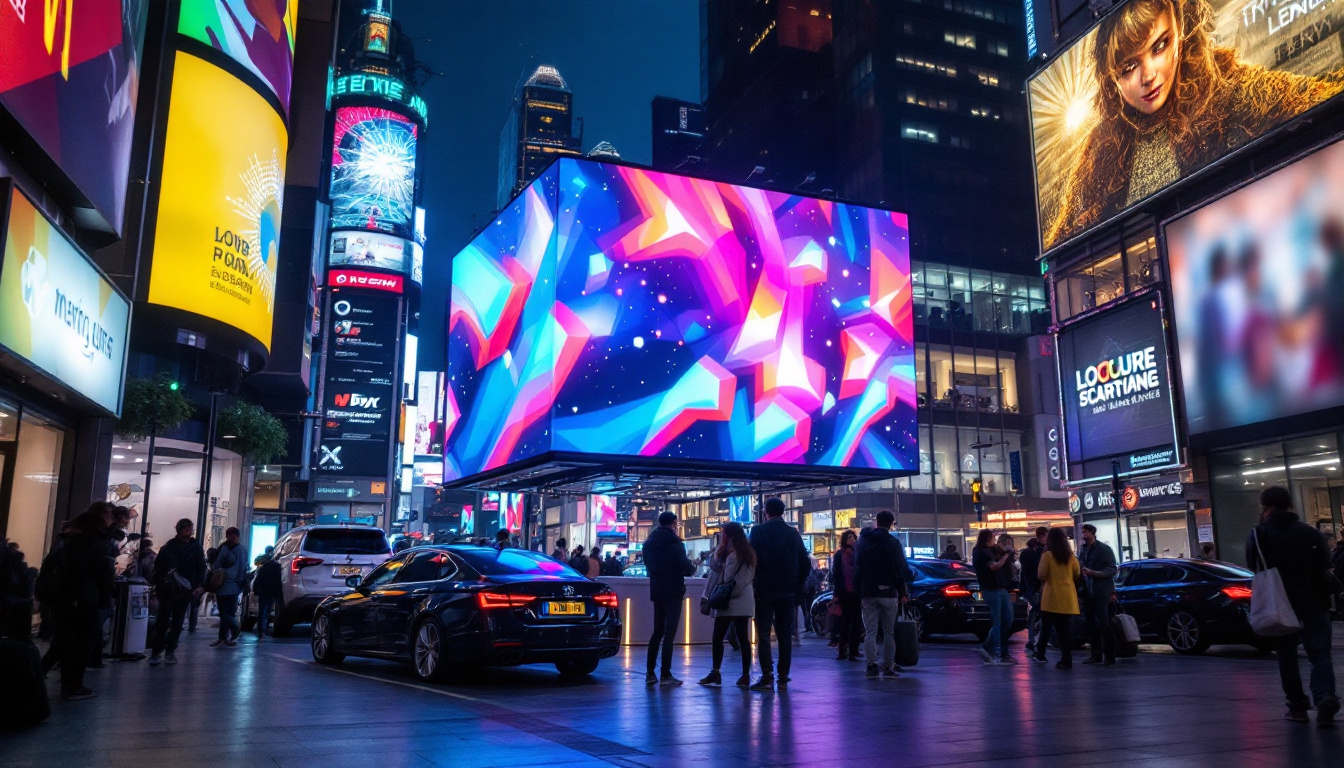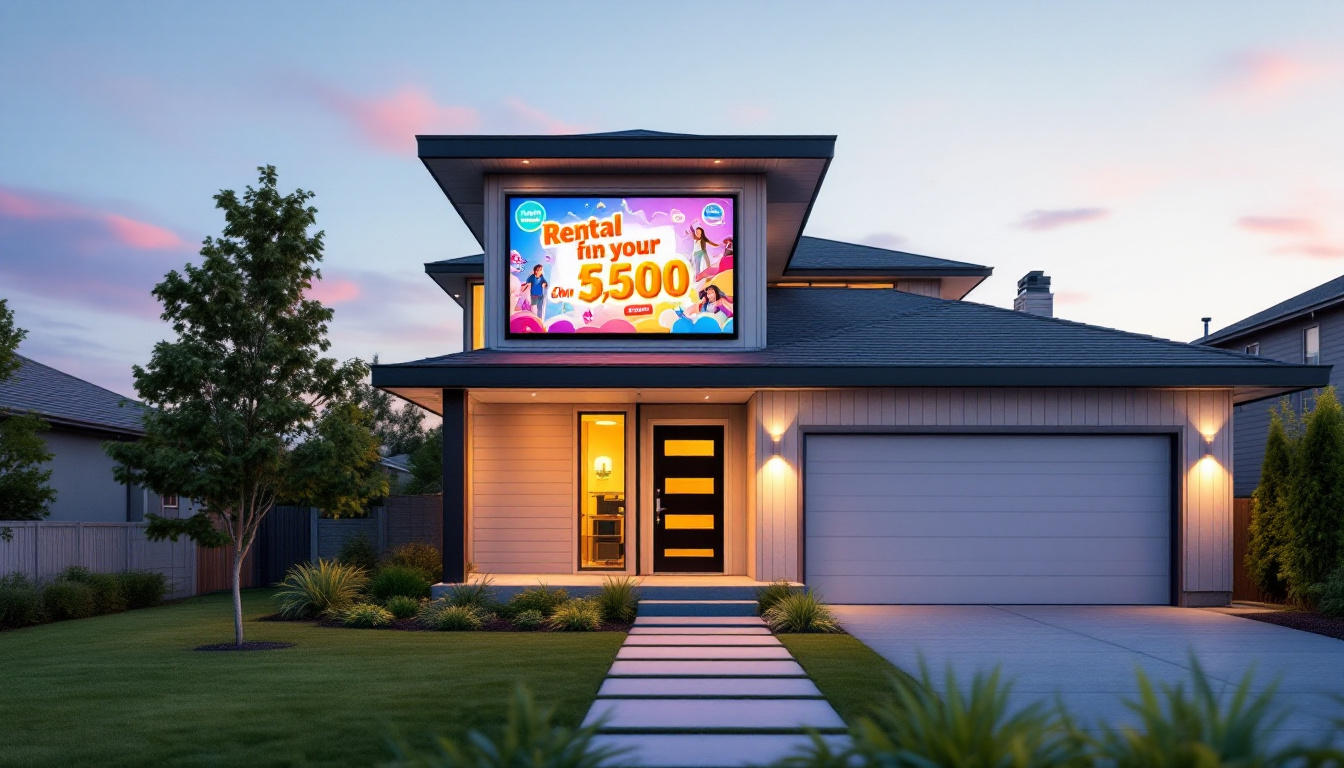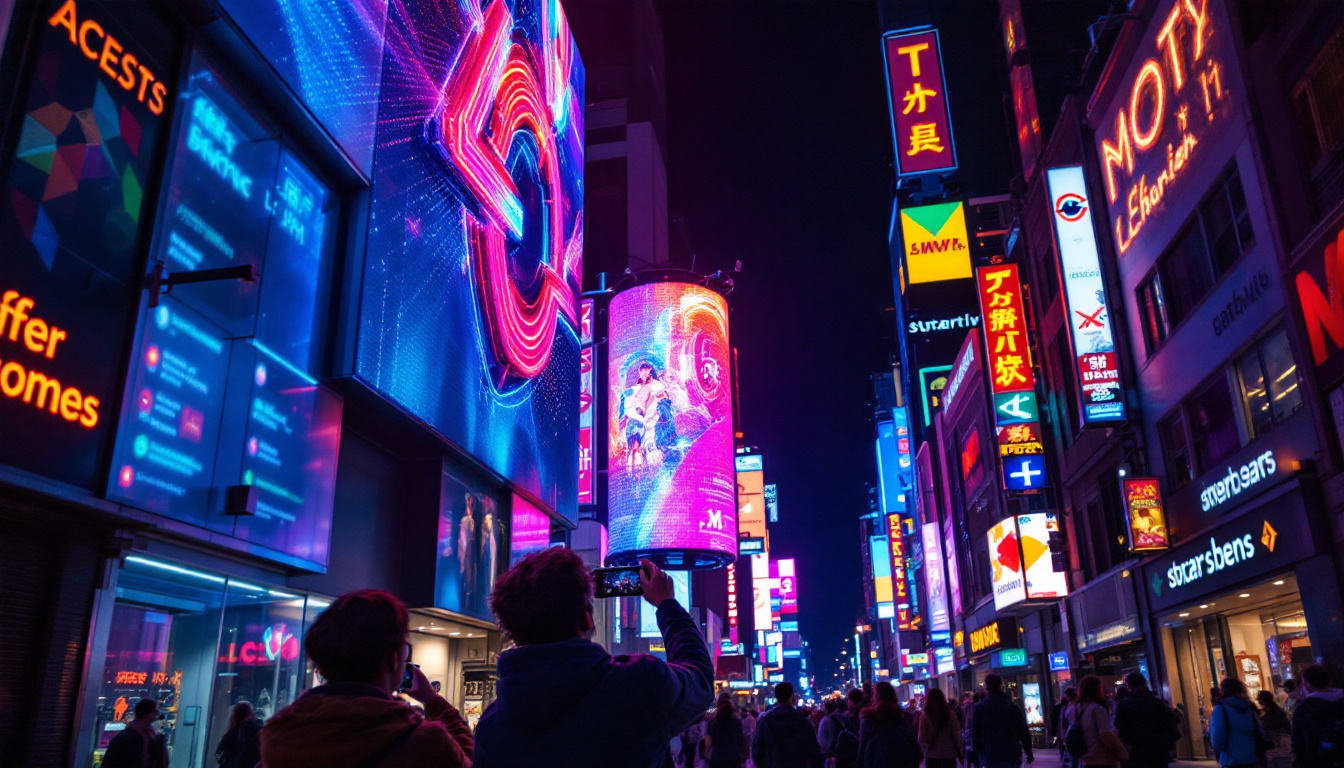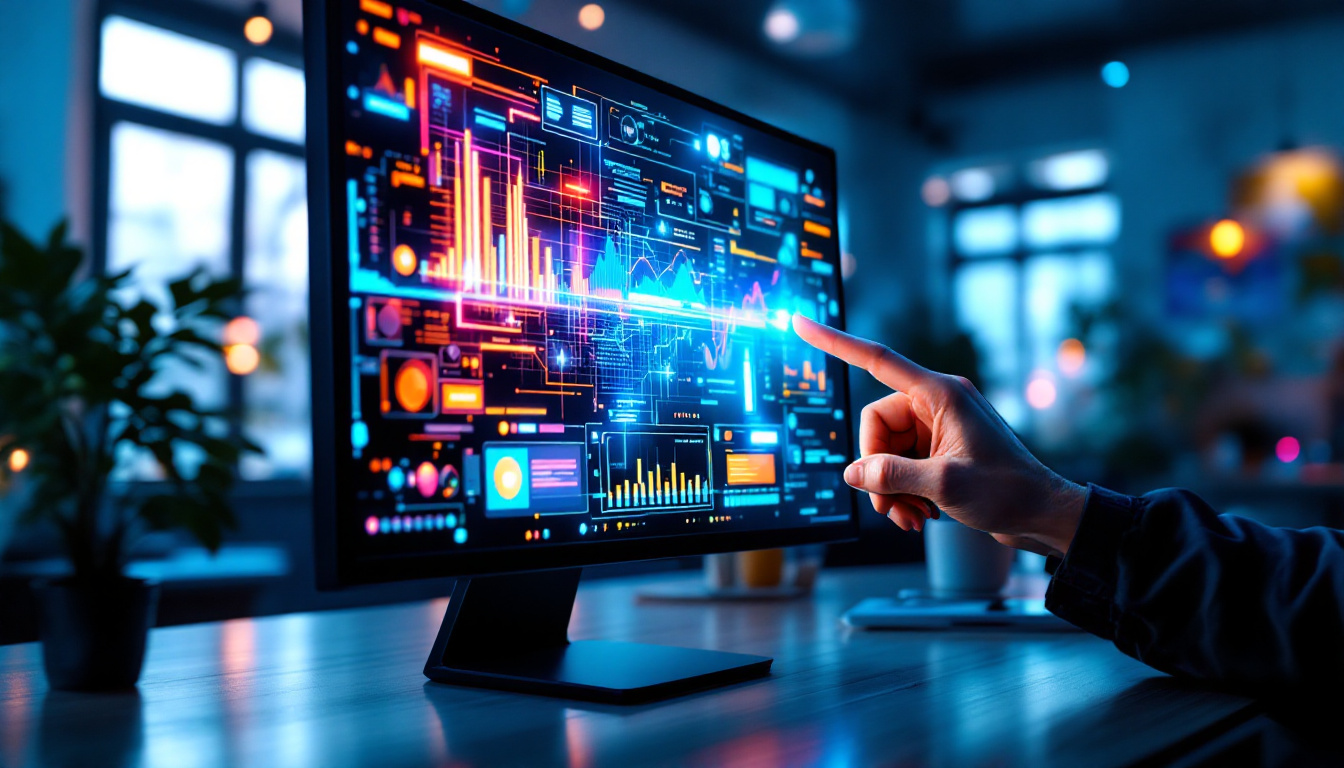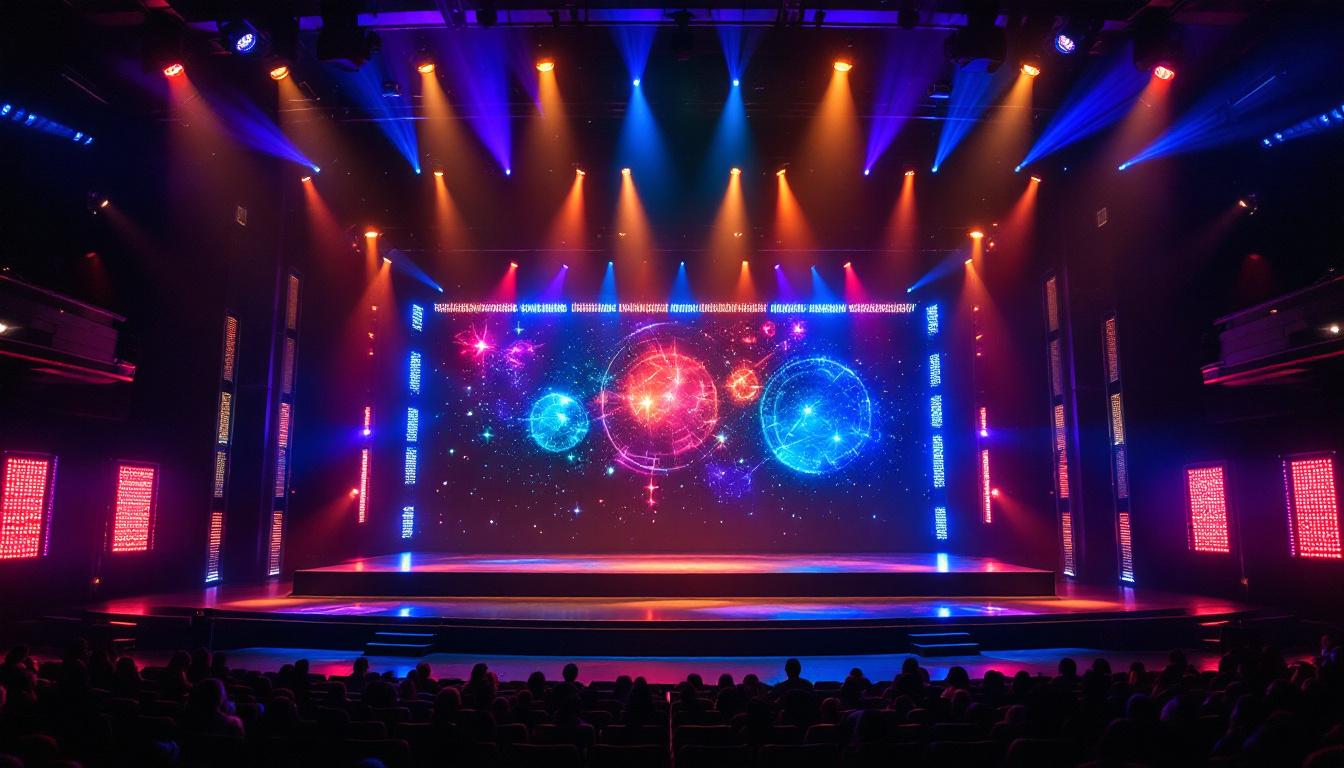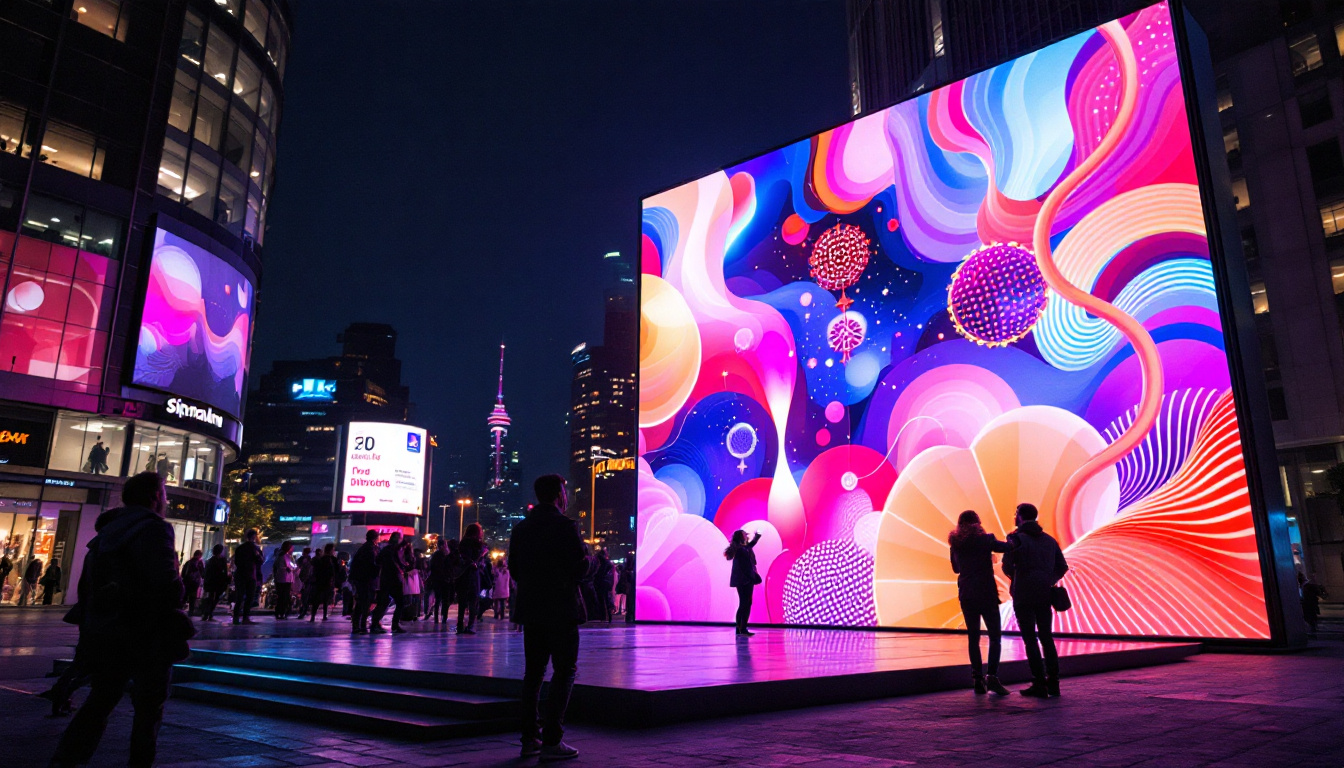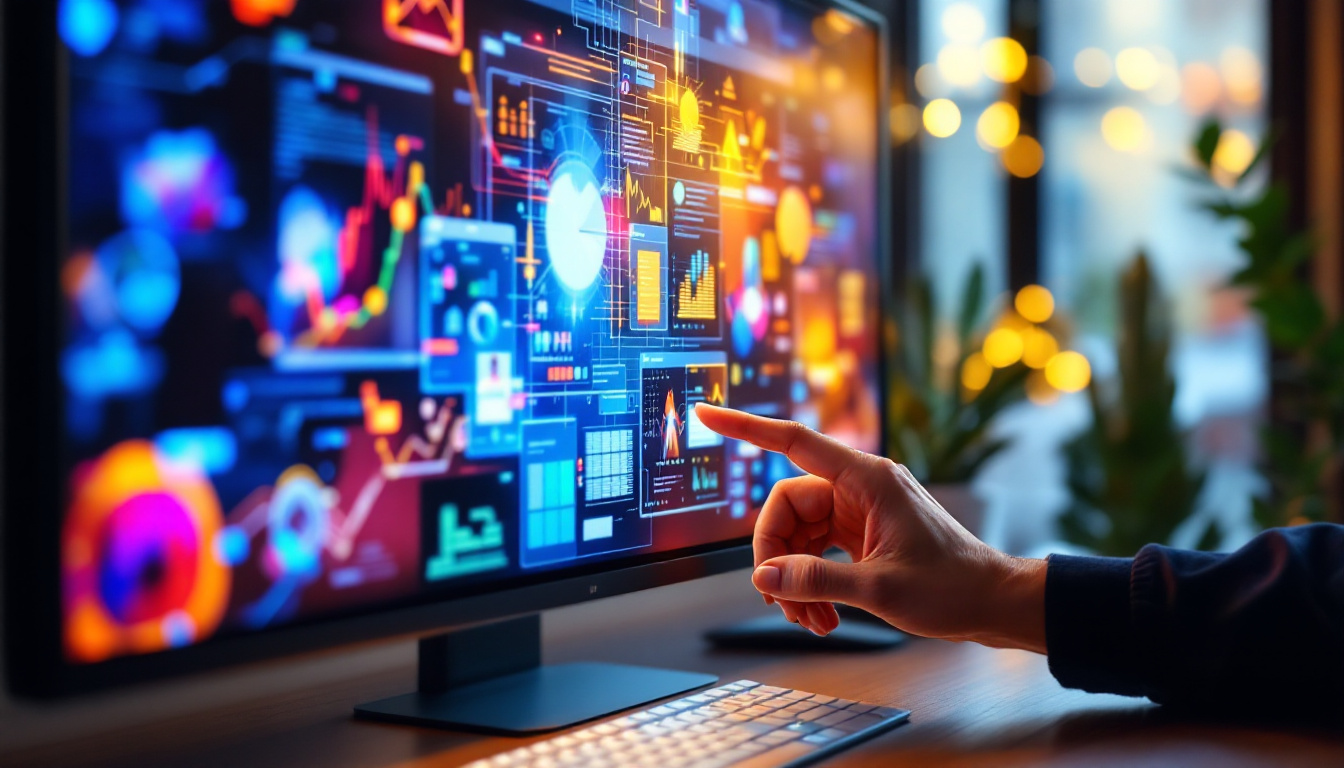In the rapidly evolving world of technology, few innovations have had as profound an impact as the LED display. From smartphones to billboards, LED technology has transformed how we consume information and entertainment. This article delves into the intricacies of LED displays, exploring their functionality, advantages, and applications.
Understanding LED Technology
LED stands for Light Emitting Diode, a semiconductor device that emits light when an electric current passes through it. Unlike traditional incandescent bulbs that rely on filaments and gas, LEDs produce light through electroluminescence. This fundamental difference is what makes LEDs more efficient and versatile.
The Science Behind LEDs
The core of an LED is a chip made from a combination of materials, typically gallium, arsenic, and phosphorous. When electricity flows through the chip, electrons recombine with holes, releasing energy in the form of photons—this is the light we see. The color of the light emitted depends on the materials used in the semiconductor chip.
LEDs can be categorized into two main types: organic LEDs (OLEDs) and inorganic LEDs. OLEDs utilize organic compounds that emit light when an electric current is applied, allowing for thinner displays and more vibrant colors. In contrast, inorganic LEDs are more durable and commonly used in various applications, from small screens to large-scale displays.
Advantages of LED Displays
LED displays offer numerous advantages over traditional display technologies. One of the most significant benefits is their energy efficiency. LEDs consume significantly less power than incandescent or fluorescent lights, leading to lower electricity bills and a reduced carbon footprint.
Another advantage is their longevity. LED displays have a lifespan of up to 100,000 hours, far exceeding that of traditional displays. This durability translates to lower maintenance costs and less frequent replacements, making them a cost-effective choice in the long run.
Moreover, LED technology is increasingly being integrated into various sectors, including automotive and architectural lighting. In vehicles, LED headlights provide brighter illumination and improved visibility, enhancing safety during nighttime driving. In architecture, LED lighting can be used to create stunning visual effects on buildings, allowing for dynamic color changes and energy-efficient designs that can adapt to different occasions or seasons.
Additionally, the versatility of LED technology extends to smart lighting systems. These systems can be controlled remotely via smartphones or home automation systems, enabling users to adjust brightness, color, and even scheduling. This level of control not only enhances convenience but also promotes energy savings by allowing users to turn off lights in unoccupied spaces or adjust settings based on natural light availability.
Types of LED Displays
LED displays come in various forms, each tailored to specific applications. Understanding the different types can help in selecting the right display for a particular need.
Direct View LED Displays
Direct view LED displays consist of individual LED modules that are arranged to form a larger screen. These displays are commonly used for outdoor advertising, sports arenas, and large venues due to their high brightness and visibility in daylight. They can be configured in various shapes and sizes, making them highly versatile.
One of the key features of direct view LED displays is their ability to create dynamic content. Advertisers can change messages in real-time, allowing for targeted marketing and timely information dissemination. This flexibility is a significant advantage in fast-paced environments. Furthermore, the durability of these displays ensures they can withstand harsh weather conditions, making them ideal for outdoor use. With advancements in technology, many direct view LED displays now also support high-definition video, enhancing the viewer’s experience and engagement.
LED Backlit Displays
LED backlit displays use LEDs to illuminate an LCD screen from behind. This technology enhances the brightness and contrast of the image, providing a better viewing experience. Backlit displays are commonly found in televisions, computer monitors, and smartphones.
One of the standout features of LED backlit displays is their ability to produce deeper blacks and more vibrant colors compared to traditional LCDs. This is achieved through local dimming, where specific areas of the screen can be dimmed or turned off entirely, enhancing overall image quality. Additionally, the energy efficiency of LED backlit displays is noteworthy, as they consume less power than older technologies, which not only reduces electricity costs but also contributes to a smaller carbon footprint. As a result, these displays are becoming increasingly popular in both consumer electronics and commercial applications.
Flexible LED Displays
Flexible LED displays are a relatively new innovation that allows for curved or bendable screens. This technology opens up new possibilities for design and installation, as these displays can conform to various shapes and surfaces. They are particularly popular in creative advertising and artistic installations.
Flexible LED displays can create immersive environments, allowing brands to engage consumers in unique ways. Their adaptability makes them suitable for both indoor and outdoor applications, from retail spaces to concert venues. Moreover, the lightweight nature of these displays facilitates easier installation and transportation, making them an excellent choice for temporary setups like exhibitions and events. As the technology continues to evolve, we can expect to see even more innovative uses for flexible LED displays, such as in wearable technology and interactive installations that respond to viewer movements and preferences.
Applications of LED Displays
The versatility of LED displays has led to their adoption across numerous industries. From entertainment to transportation, their applications are vast and varied.
Advertising and Marketing
One of the most prominent uses of LED displays is in advertising and marketing. Billboards and digital signage have transformed the way brands communicate with consumers. The ability to change content instantly allows for targeted advertising based on time, location, and audience demographics.
Moreover, LED displays can capture attention more effectively than static signs. The bright colors and dynamic animations draw the eye, making them an attractive option for businesses looking to enhance their visibility.
Entertainment and Events
In the entertainment industry, LED displays play a crucial role in creating immersive experiences. Concerts, festivals, and sporting events utilize large LED screens to broadcast live footage, enhancing the audience’s experience. The vibrant colors and high resolution of LED displays ensure that every detail is visible, even from a distance.
Additionally, LED technology is used in stage productions for backdrops and visual effects. This flexibility allows for creative storytelling, as scenes can change rapidly and dramatically, captivating audiences.
Transportation and Infrastructure
LED displays are increasingly used in transportation systems, providing real-time information to commuters. Train stations, airports, and bus terminals utilize LED screens to display arrival and departure times, gate information, and other essential updates. This enhances the overall efficiency of transportation networks and improves the passenger experience.
Furthermore, LED technology is employed in traffic management systems, such as variable message signs. These displays can convey important information to drivers, such as traffic conditions, road closures, and safety alerts, contributing to safer roadways.
Environmental Impact of LED Displays
As sustainability becomes a growing concern, the environmental impact of technologies is under scrutiny. LED displays are often touted as a greener alternative to traditional lighting and display technologies.
Energy Efficiency
One of the most significant environmental benefits of LED displays is their energy efficiency. Consuming less power means reduced greenhouse gas emissions, contributing to a lower carbon footprint. This is particularly important in an era where energy conservation is paramount.
Moreover, the longevity of LED displays means fewer replacements are needed, reducing waste. Traditional displays often require frequent replacements, leading to increased electronic waste. In contrast, the durability of LEDs helps mitigate this issue.
Recyclability
Another aspect to consider is the recyclability of LED components. Many LED displays are designed with recyclable materials, making it easier to dispose of them responsibly at the end of their life cycle. This is a crucial factor in promoting a circular economy and reducing the environmental impact of electronic waste.
The Future of LED Displays
The future of LED technology looks promising, with ongoing advancements that will likely enhance their capabilities and applications. As technology continues to evolve, so too will the potential uses for LED displays.
Advancements in Display Technology
Emerging technologies, such as microLED and miniLED, promise to take LED displays to the next level. MicroLED technology utilizes tiny individual LEDs to create ultra-high-definition displays with improved color accuracy and contrast. This could revolutionize the television and smartphone markets, providing consumers with stunning visual experiences.
Additionally, miniLED technology offers improved backlighting for LCD displays, enhancing brightness and contrast. This could lead to more affordable options for consumers while still delivering high-quality visuals.
Integration with Smart Technologies
As the Internet of Things (IoT) continues to expand, the integration of LED displays with smart technologies is becoming increasingly common. Smart LED displays can connect to the internet, allowing for real-time updates and remote management. This capability is particularly beneficial for businesses that rely on dynamic advertising and information dissemination.
Moreover, the integration of artificial intelligence (AI) can enhance the functionality of LED displays. AI can analyze data to optimize content delivery, ensuring that the right message reaches the right audience at the right time.
Conclusion
LED displays have revolutionized the way we interact with information and entertainment. Their efficiency, versatility, and environmental benefits make them a preferred choice across various industries. As technology continues to advance, the potential applications for LED displays will only expand, paving the way for a brighter, more connected future.
Understanding the intricacies of LED technology is essential for anyone looking to leverage its capabilities, whether for personal use or professional applications. As we continue to embrace this technology, the possibilities are limitless, ensuring that LED displays will remain at the forefront of innovation for years to come.
Explore the Future of Visual Communication with LumenMatrix
Ready to elevate your visual presence and captivate your audience like never before? Discover LumenMatrix’s comprehensive range of LED display solutions, where innovation meets practicality. Whether you’re seeking to enhance your brand visibility with an Indoor LED Wall Display, make a statement in the open air with an Outdoor LED Wall Display, or create a dynamic environment with our Custom LED and All-in-One LED Displays, LumenMatrix has the technology to transform your ideas into luminous reality. Don’t just take our word for it; check out LumenMatrix LED Display Solutions today and join the revolution in visual communication.

